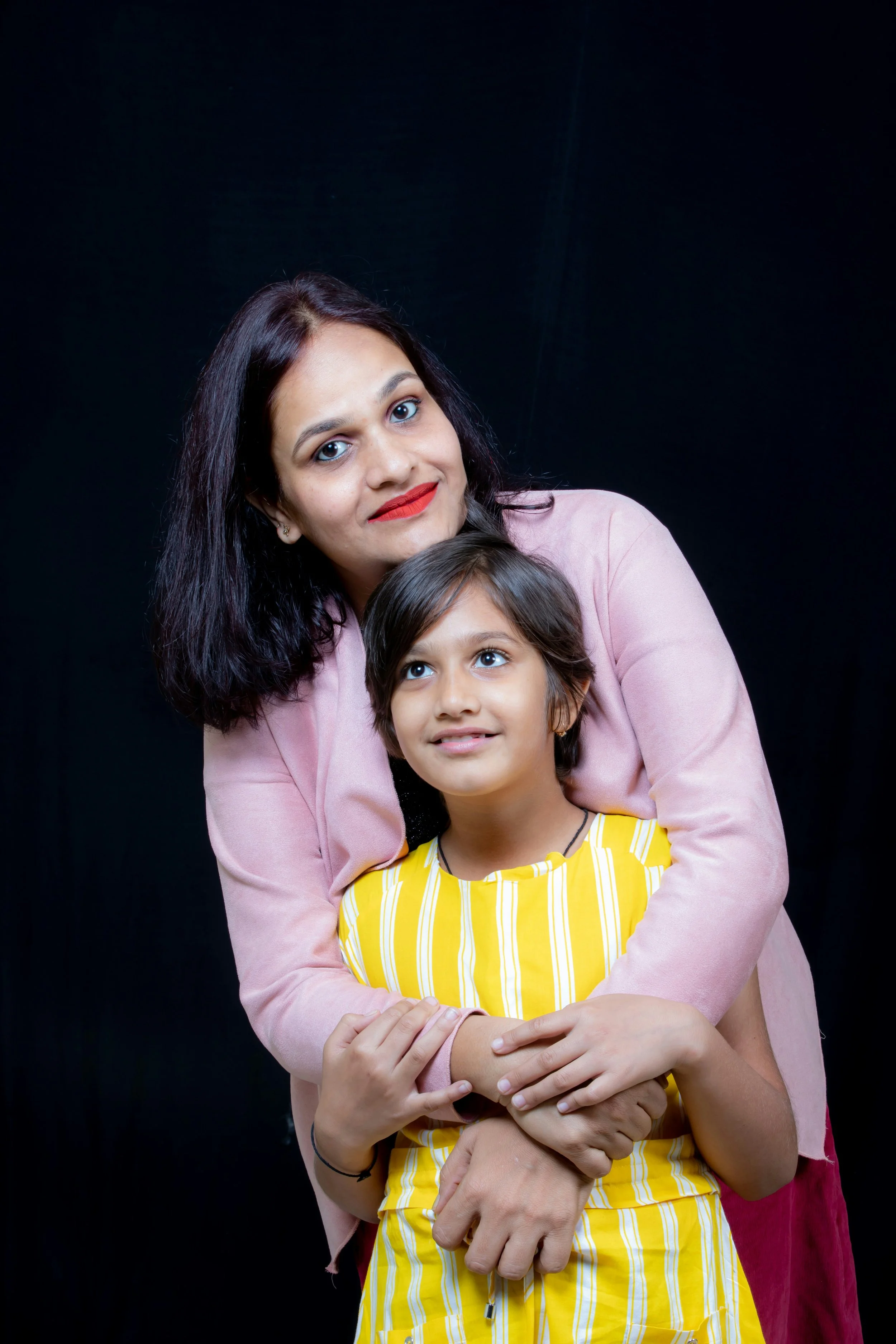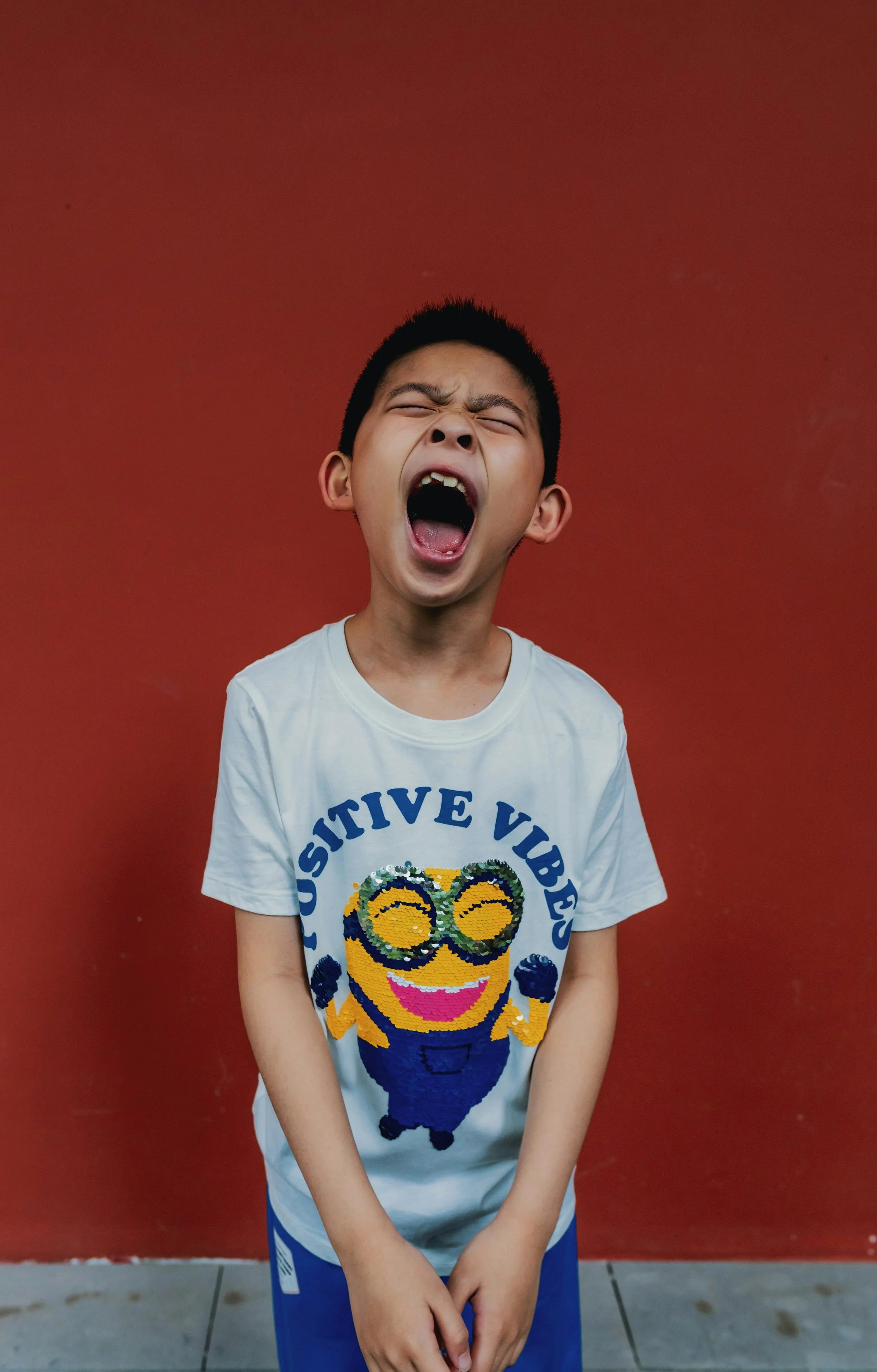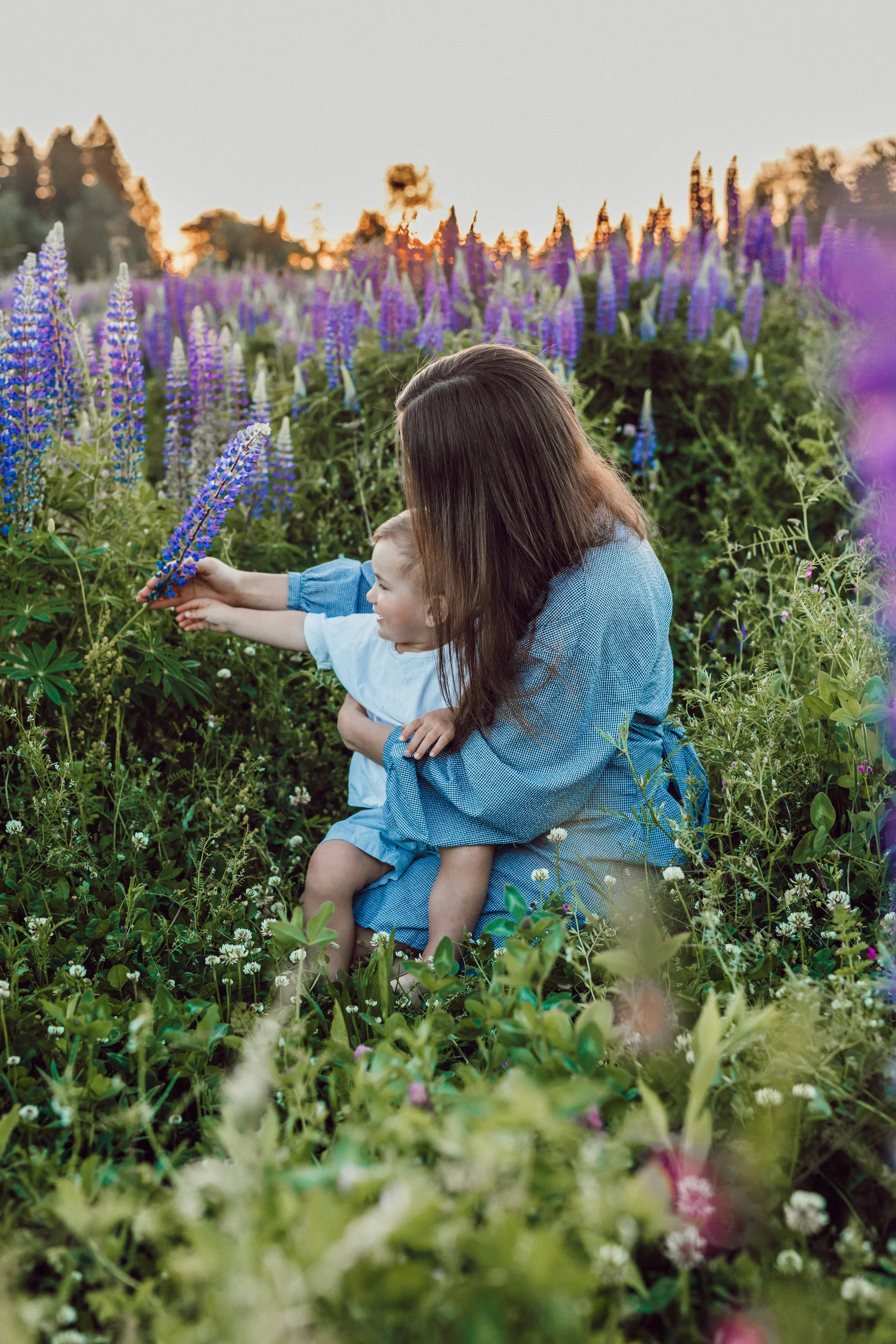Projects
Upcoming projects
TKTKTKTKTK
Mother-Child Dynamics (MCD) Study
How do mother-child dynamics during social interactions play a role in children's social learning and anxiety?
Parental anxiety is a well-established predictor of children’s anxiety. One pathway that may explain this transmission is what children learn through their social experiences with their parents. The MCD project examines how mother–child verbal communication and attention dynamics shape children’s social learning and the development of anxiety.
Design: Children (ages 9–12) and their mothers visited the lab and participated in social tasks (e.g., a Trier task, social learning tasks) while being video recorded. They also wore mobile eye-tracking glasses to capture real-time attention patterns during these tasks and completed questionnaires at baseline and again one year later.
Status: Data collection is complete. Mobile eye-tracking and verbal communication data are being processed using machine learning approaches. SEED lab members can have opportunities to present findings or publish papers using these data.
Funding: National Institute of Mental Health (NIMH, F32MH127869)
Example presentations & a relevant manuscript
Kapoor, S. & Zeytinoglu, S. (2025, November). Bidirectional affective synchrony in parent-child conversations using machine learning. Poster to be presented at the Biennial Meeting of the International Society for Developmental Psychobiology, San Diego, CA.
Fein, S. & Zeytinoglu, S. (2025, October). Maternal accommodation mediates the relation between maternal anxiety and child anxiety. Global Psychological Science Summit of the Association for Psychological Science, Virtual.
Zeytinoglu, S., White, L. K, Morales, S., Degnan, K., Henderson, H., Pérez-Edgar, K., Pine, D., Fox, N. A. (2025). The roles of parental verbal communication and child characteristics in the transmission and maintenance of social fears. Journal of Child Psychology & Psychiatry. PDF
The STAR Project
Why do some children regulate their emotions, thoughts, and behaviors more effectively than others?
The School Transition and Academic Readiness (STAR) project is a 3-wave longitudinal study examining early familial, cognitive, emotional, and physiological predictors of children’s self-regulation and early school adjustment.
Design: Children and their primary caregivers participated in lab visits when children were 4, 5, and 6 years of age. Children completed emotional, cognitive, and physiological (EKG, EEG) assessments. Parent-child interactions were observed in the lab. Parents and teachers completed questionnaires about a wide range of child behaviors.
Status: Data collection has been completed. Students joining the SEED lab can have opportunities to publish new papers using STAR project's data.
Funding: National Institute of Child Health and Human Development (NICHD; see grant R01HD071957)
Example papers from this study
Zeytinoglu, S., Calkins, S. D., Swingler, M. M., & Leerkes, E. M. (2017). Pathways from maternal effortful control to child self-regulation: The role of maternal emotional support. Journal of Family Psychology, 31, 170-180. PDF
Zeytinoglu, S., Calkins, S. D., & Leerkes, E. M. (2022). Autonomic profiles and self‐regulation outcomes in early childhood. Developmental Science, 25, e13215. PDF
Dunbar, A., Zeytinoglu, S., & Leerkes, E. M. (2022). When is suppression of Black children’s negative emotions adaptive? The role of preparation for bias and children’s resting cardiac vagal tone. Research on Child and Adolescent Psychopathology. PDF
Temperament Over Time Study
How do early individual differences in temperament contribute to long-term socioemotional outcomes, and how are these pathways influenced by factors such as parenting and cognitive control?
The TOTs project is a 20-year-long longitudinal study investigating how early temperament and environmental factors interact to shape children’s socioemotional development from infancy through young adulthood. Infants were recruited at 4 months based on temperamental reactivity and were followed over time. At each assessment, children participated in a range of social (e.g., a play episode with unfamiliar peers, TRIER) and cognitive tasks (e.g., Flanker task while wearing an EEG net), and parents and children self-reported on their emotions and behaviors.
Funding: NICHD (RO1HD017899) and NIMH (UO1MH093349)
Example papers from this study
Zeytinoglu, S., Neuman, K. J., Degnan, K. A., Almas, A. N., Henderson, H., Chronis‐Tuscano, A., Pine, D. S., & Fox, N.A. (2022). Pathways from maternal shyness to adolescent social anxiety. Journal of Child Psychology and Psychiatry, 63(3), 342-349. PDF
+ Zeytinoglu, S., + Morales, S., Lorenzo, N. E., Chronis-Tuscano, A., Degnan, K. A., Almas, A. N., ... & Fox, N. A. (2022). A developmental pathway from early behavioral inhibition to young adults’ anxiety during the COVID-19 pandemic. Focus, 20(2), 224-231. PDF
Fox, N. A., Zeytinoglu, S., Valadez, E., Buzzell, G., Morales, S., & Henderson, H. (2023). Annual Research Review: Developmental pathways linking early behavioral inhibition to later anxiety. Journal of Child Psychology and Psychiatry, 64, 537-561. PDF




